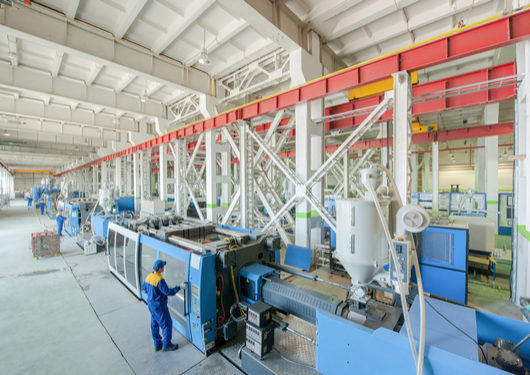
Visit Our Sponsors |
|
|
|
|
|
|
|
|
|
|
|
|
|
|
|
|
|
|
|
|
|
|
|
|
|
|
|
|
|
|
|
|
|
|
|
|
|
|

A slew of Purchasing Managers Indexes published this week from countries including China, Germany, France, Canada and the U.K. all pointed to deeper supply constraints. The U.S. reading from IHS Markit rose for the third month in the past four, reaching the highest since March 2015 amid “increased capacity pressures.”
Such strains on potential output may mean companies have to hire or invest more to avoid overheating, yet it could also force them to push up prices, propelling inflation enough to squeeze the expansion. JPMorgan Chase & Co. is among the banks predicting global growth will be around 4 percent this year and on Tuesday said its composite of PMI reports from around the world had reached the highest since February 2011.
“A key development to watch out for in 2018 is the potential advent of accelerating inflation,” said Larry Hatheway, chief economist at GAM. “It matters most because it is almost entirely unanticipated by markets, yet seems likely from the perspective of macroeconomic conditions.”
Government bonds fell around the world as traders moved to price in the prospect of quickening inflation. The yield on 10-year Treasury notes increased four basis points to 2.45 percent while the 10-year break-even rate, a gauge of the outlook for consumer prices over the coming decade, approached 2 percentage points for the first time since March. In Europe, the five-year, five-year inflation swap rate increased to the highest level since February.
RELATED CONTENT
RELATED VIDEOS
Timely, incisive articles delivered directly to your inbox.

